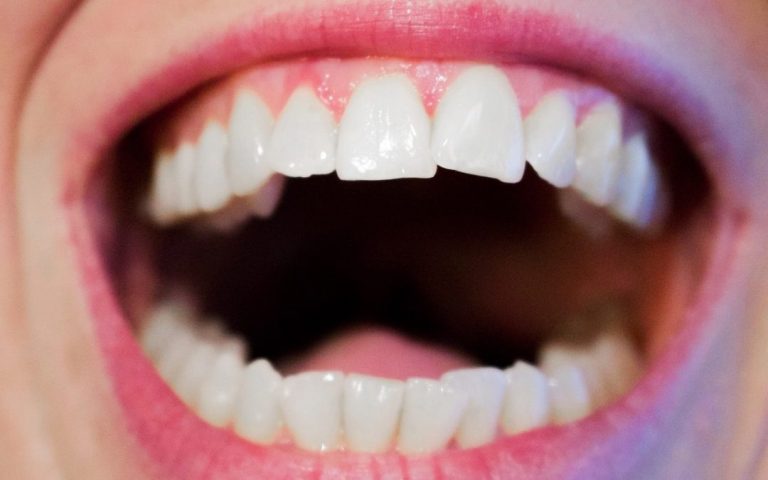It is completely normal for children to be fearful when visiting a dentist. The unfamiliar surroundings, being left with a stranger, loud and scary looking tools; there are a multitude of reasons why a child may be a little anxious!
Fortunately, there are many proven ways for a pediatric dentist to create an environment that reduces stress and calms a nervous child. Most require just small tweaks to the overall approach, but will make a big difference to the average visit.
Clear and Honest Explanations
Dentists often make the mistake of keeping children in the dark, not explaining the procedure in detail, thinking that it will just make things worse. But children are incredibly resilient. The fear of the dentist isn’t always about the treatment itself, but what’s really scaring them is the unknown.
It is best to communicate with children clearly and honestly. Use the tell-show-do technique throughout the visit. This will reduce stress, as they will know exactly what to expect and will not be shocked by intimidating devices. Explain how dental handpieces work and their different types, for example, so that they begin to see them as tools rather than something they recognize from a scary movie!
Reduce Impact of ‘Scary’ Noises
The louder the sound, the more frightful children will be of your dental tools. For example, air-driven dental handpieces will create far more noise than their electric counterparts. Further, lower quality products will also tend to be far louder, whether electric or compressed air models.
To minimize the effect of noise, invest in your equipment and note the noise levels created by each model. Newer releases, for instance, produce sounds under 85 dB on average, whereas older models can go above 100 dB. You also want to maintain your dental handpieces, as this will reduce noise impact.
Create a Calming Environment
Dental practices are often cold, plain, and with little decoration. For adults, that’s usually not a problem and it’s exactly what we expect in a medical environment. However, a recent study suggests that 63% of children prefer a decorated clinic over the traditional plain environment of dental practices.
Just like at home, decor really does matter. It helps to create a comfortable setting for patients, and distracts from the treatment. Just make sure that your decorative choices remain subtle, and don’t go overboard.
Wear a White Coat!
It’s one of the more simple steps you can take, but studies have shown that it is an effective method: wear a white coat during procedures! For example, according to the aforementioned study, 9 in 10 children prefer their dentist to wear a traditional white coat, instead of a different color.
Not only that, kids also want dentists to wear protective equipment, such as glasses or masks. This is particularly true for children who have visited a dentist in the past.
These preferences perhaps lower nerves as children will feel they are with a qualified professional who knows what they are doing. There is also a sense of continuity there, with returning patients wanting to see recognizable signs of expertise.
Talk to the Parents
It is important that you do not generalize; one child may be particularly afraid of dental tools, while another can’t stand the thought of an injection. Each child requires individual treatment and consideration, and it helps to discuss the dental visit with parents first.
They will be able to give you insight on previous visits. What did they find particularly scary? Or if this is their first visit to a dentist, the parents will be able to tell you a little bit about their personality and what makes them tick.
Adapt and Change Your Approach
Finally, remember that there is no single generic approach to being a pediatric dentist. You will find that your process will change over time, as you test what works best for you and the kids you treat.
The important quality to have as a pediatric dentist is to be adaptable and to avoid having a singular rigid process. Build a framework, of course, but have a malleable approach. What works for one child may have the exact opposite effect on another. Be considerate, mindful of how children react to your actions, and put them first always.




